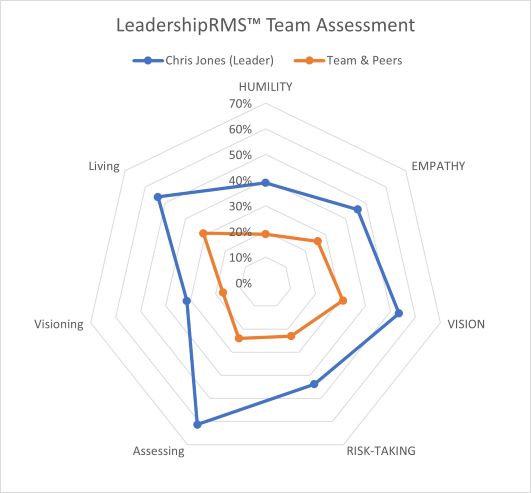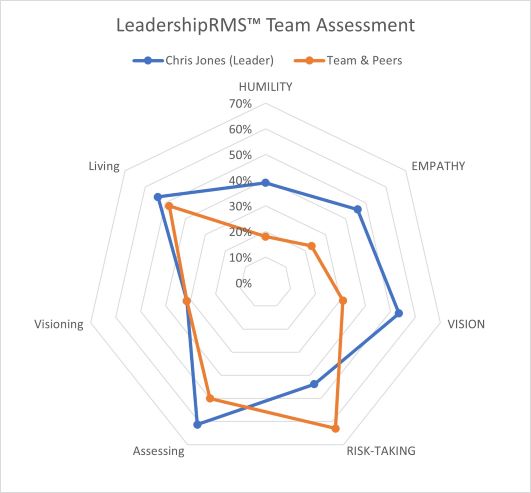Hunting for Toxic Leaders in Your Organization
Category : Leadership
Radar is used in several aspects of our everyday lives. It works by using electromagnetic sensors to detect, locate, track and recognize objects from a distance. Some common uses include:
- Tracking weather patterns and storms by the weather service
- Tracking and monitoring airplanes by traffic control
- Tracking spacecrafts and other objects by NASA
- Tracking friendly and enemy forces by the military
A type of radar can also be used to track and monitor leadership resources in an organization in the form of radar charts which can be used to locate and monitor toxic and dysfunctional leadership situations. Most organizations have at least 1 toxic situation whether they want to recognize it or not. The key to eliminating these situations is to identify them and take action.
Toxic leaders have a negative impact not just on the team they’re managing but can impact the entire organization through attrition or lack of productivity. They can be identified by several behaviors, including:
- Stifling creativity among their team
- Accepting accolades for any successes but blame others for any failures
- Managing through fear and intimidation
- No interest in their team members’ personal lives or professional goals.
- Refusing to accept any feedback, constructive or otherwise
The employees led by toxic leaders will show behavior modification as a result of toxic leadership, such as:
- Energetic employees become reserved and no longer show initiative
- Employees begin to withhold innovative ideas
- Increased sick and vacation requests
- Increased turnover
Working with a toxic manager usually leads to lower productivity, burnout, and eventually attrition. A recent study put the cost of bad managers at US companies at over $900 billion annually. Organizations need to identify them immediately to help them improve through coaching or terminate them if they are unsalvageable.
The best way to use radar charts to ‘hunt’ toxic leaders is through a team analysis. The leader completes an individual self-assessment, and their team (immediate supervisor, their peers and their direct reports) completes an assessment of the leader. The questions are the same with a slight variation in how they are stated. Here are some examples of results from this type of analysis.
A potentially toxic situation is typically illuminated when the leader and the team assessments are significantly out of sync. Toxic leaders usually have an exaggerated perception of their leadership abilities. As the radar chart indicates, the leader’s perception is much greater than that of their team’s perception. This is a situation that requires immediate action by the organization.

Another potentially toxic situation could be indicated by the ratings on specific leadership dimensions. A leader whose team rates them significantly lower on humility, empathy and/or vision could indicate toxic behavior. Conversely, a leader whose team rates them significantly higher on risk-taking could also indicate toxic behavior. In this case the leader may perceive their behavior as normal, while the team perceives it as unnecessarily risky. Both situations require further investigation by the organization.

In conclusion, organizations must first recognize they probably have multiple toxic or dysfunctional leadership situations in their organizations. These situations might be at the next level or 2 or 3 levels down, but they are there. They might lead small teams or very large teams, but the impact is critical to reaching organizational goals. To detect these leaders and get them on management’s radar requires an active approach using a proven tool for the assessment. Please contact us if you have questions or would like additional information on our tool.
Read more about how we help organizations manage their leadership resources at LeadershipRMS.com.
